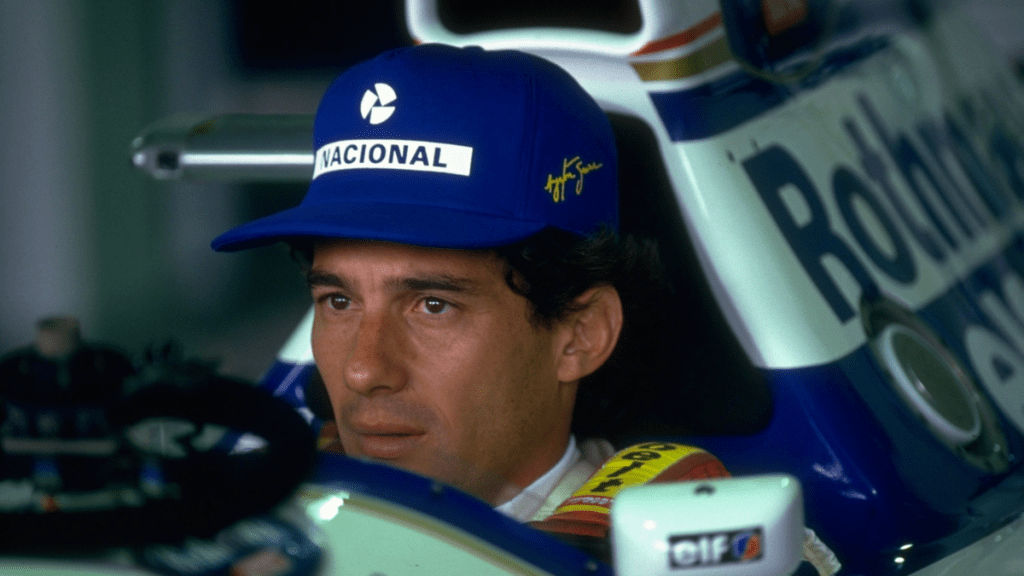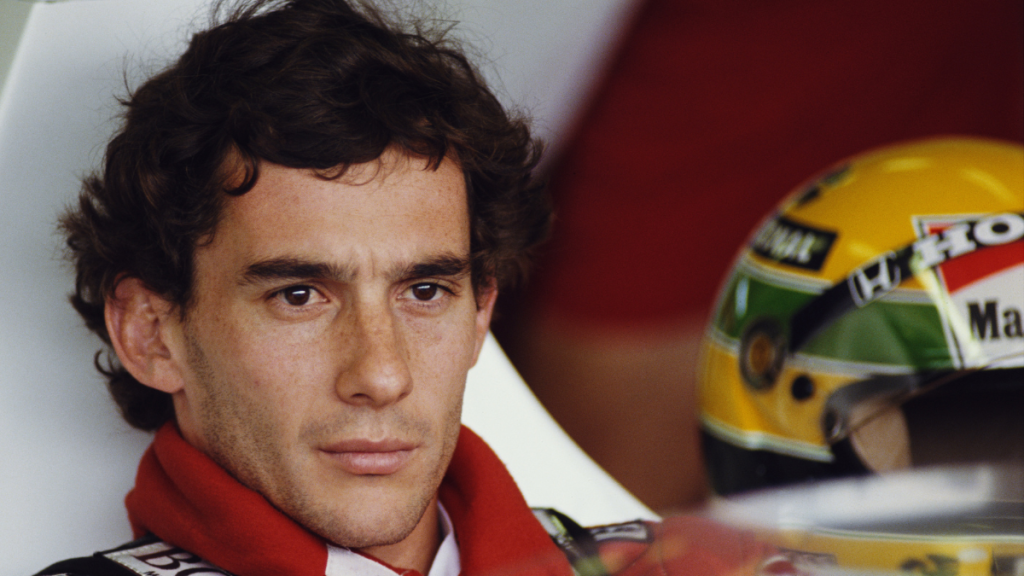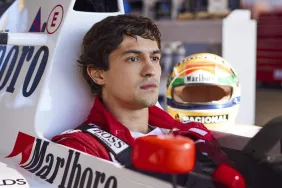The 2010 award-winning sports documentary, Senna, focuses on former triple F1 champion Ayrton Senna, who died on May 1, 1994, in a tragic crash. The devastating incident occurred at the San Marino Grand Prix on Italy’s Imola circuit. The Brazilian racer was 34 years old at the time and was on his third race for Williams after leaving McLaren.
According to a Reuters report, at 2:17 p.m., Senna was leading the race when he failed to turn his car and speared into a concrete wall at a high speed at Tamburello. Medics flew the racer to a hospital where, nearly two and a half hours later, he passed away at 18:40 local time (16:40 GMT).
Ayrton Senna’s crash: What caused the accident that killed him?

WION reported that an Italian court ruled that “a break in a hastily adapted steering column” on Ayrton Senna’s Williams car caused the crash. Adrian Newey, the renowned F1 engineer who helped design the car, wrote in his 2017 autobiography, “Regardless of whether that steering column caused the accident or not, there is no escaping the fact that it was a bad piece of design that should never have been allowed to get on the car.” Newey also mentioned that the most tragic F1 crash in the history of the sport was linked to Williams’ instability.
According to FirstSportz, Ayrton’s accident occurred during Lap 7 of the race at the Tamburello corner. He was passing through the high-speed corner when the Brazilian racer exited the racing line at 307 kmph (191 mph) due to an issue. He hit a concrete wall at the speed of 233 kmph (145 mph). Moreover, the telemetry revealed that the highly regarded racer applied the brakes for 2 seconds before hitting the wall. Senna was still alive at the scene with a faint heartbeat. He had suffered from significant blood loss due to a ruptured temporal artery. He died later that evening.
FIA Medical Chief Officer Sid Watkins confirmed that Ayrton Senna’s pupils were fully dilated, suggesting that his brainstem was inactive. Reportedly, a piece attached to the right front wheel penetrated his helmet and made a large indentation on his forehead. He had sustained fatal injuries, including skull fractures, brain injuries, and a ruptured temporal artery.
Thirty-seven minutes after the crash, the race re-started with Michael Schumacher emerging as the winner, per Reuters. Additionally, Senna’s tragic crash and death changed the structure of Formula 1 and its approach to driver safety. It also led to the reform of the Grand Prix Driver’s Association.
Senna, the critically acclaimed documentary film, won the BAFTA Award for Best Documentary as well as Best Editing.










